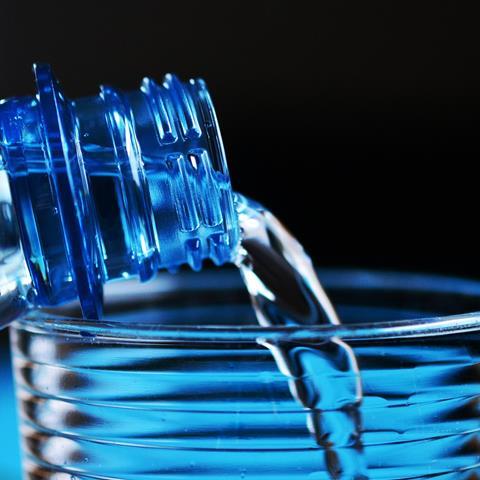The disposition of bottled water is a raising business segment worldwide. During the process of bottled water production, microbial contamination can be a problem with potential negative effects for the consumers.
In the last decade, glass bottles were replaced by various shapes of plastic bottles, which are more or less permeable for oxygen transport through the bottle surface. The contamination (e.g. Pseudomonas aeruginosa) of bottling machinery and capped water bottles is a known problem, which was reported in the past and can have direct effects on immunocompromised persons. Besides microbial contamination, the pollution with microplastics, pharmaceuticals, phthalates, Bisphenol A, alkylphenols and perfluoroalkyl derivatives are of emerging concern. The Codex Alimentarius Austriacus chapter B17 regulates the microbiological requirements for bottled well and mineral water. Although it is a common fact, that bottled water is not a sterile medium, faecal indicator bacteria and other potential pathogens and parasites must not be detectable in a 250 mL water sample. The autochthonic microbiome of each well is also located inside the closed bottles, which subsequently can be used as nutrients for pathogenic microorganisms, which were possibly inserted during the filling and capping step. Especially waterborne microorganisms, which are adapted to the aquatic surrounding can last for a long time inside the bottles during storage.
In poorer countries, water supplies more frequently show bacterial contamination with thermotolerant coliform bacteria.The lack of a proper wastewater management in combination with low hygienic standards leads to a critical situation regarding water hygiene. Harsh weather conditions (e.g heavy rain and droughts) caused by climatic changes increase problems regarding water treatment plants. Different disinfection procedures can reduce the risk of a process-induced contamination during the filling and capping step. The addition of medium and high concentrations of carbon dioxide (CO2) to bottled water can help to reduce the bacterial load. Recent studies and studies in the past have shown the influence of CO2 on bacterial cell walls and the ability to form colonies after a certain storage time by plating on proper culture media.
The UN-Water 2030 Strategy describes the goals for accessible drinking water for all humanity. In the Introduction, it is stated that “water and sanitation challenges are growing at an alarming rate, threatening people, planet, peace and prosperity.” In coordination with the 2030 Agenda and the climate and nature goals, the reduction of CO2 in the atmosphere is forced by the European Union and the United Kingdom with sustainability projects and scientific encouragement.
The possibility to extract CO2 from the environment and use it for stabilising bottled water can reduce the carbon footprint of the product. In any case, a renovation and proper service of water dispensers is necessary for keeping the water quality high and is important for the preservation of public health.








No comments yet